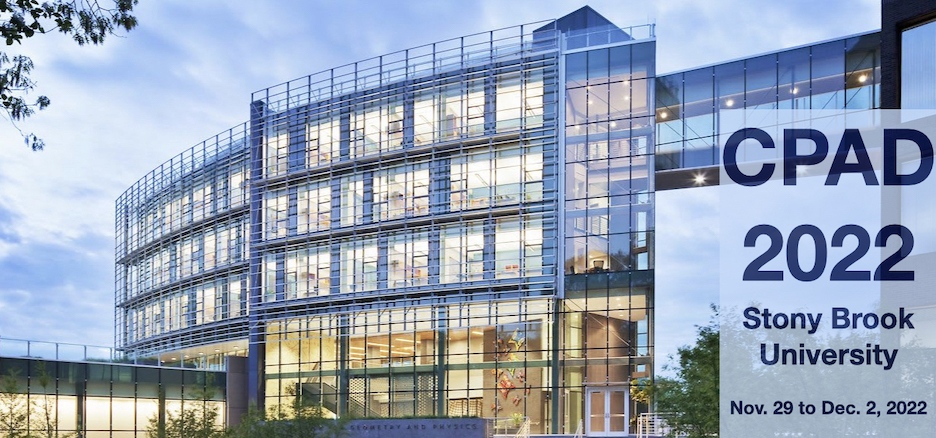Speakers
Description
Several applications in High Energy Physics and Quantum Information require extending the spectral sensitivity of photon detectors at wavelengths in the IR spectral range beyond what is achievable with Si or Ge but maintaining high sensitivity. III-Vs semiconductors, PbSe/PbTe and InGaAs/AlGaAs have been dominating the scene, but they cannot be monolithically integrated on Si platform. We report here on novel material system based on GeSiSn which provides the extended spectral range up to 5 um and that may boosts single photon sensitivity. Alloying GeSi with Sn relultes in a transition from indirect to direct band-gap in the semiconductor . This opens new possibilities for developing detectors working within IR spectral range, i.e. between NIR and LWIR. Moreover, this material is attractive for applications due to its easy integration with Si-platform. In order to shift band-gap towards longer wavelengths, higher concentration of Sn is required. However, due to significant lattice mismatch between Ge and Sn of 14%, this task is difficult. Solution to this issue is growing GeSiSn nanostructures such as quantum dots and wells where reaching sensitivity to longer wavelength is achieved at lower concentration of Sn because of the confinement energy contribution. We discuss structure design and growth strategy that will allow us to achieve devices working between 2 and 6 µm.

